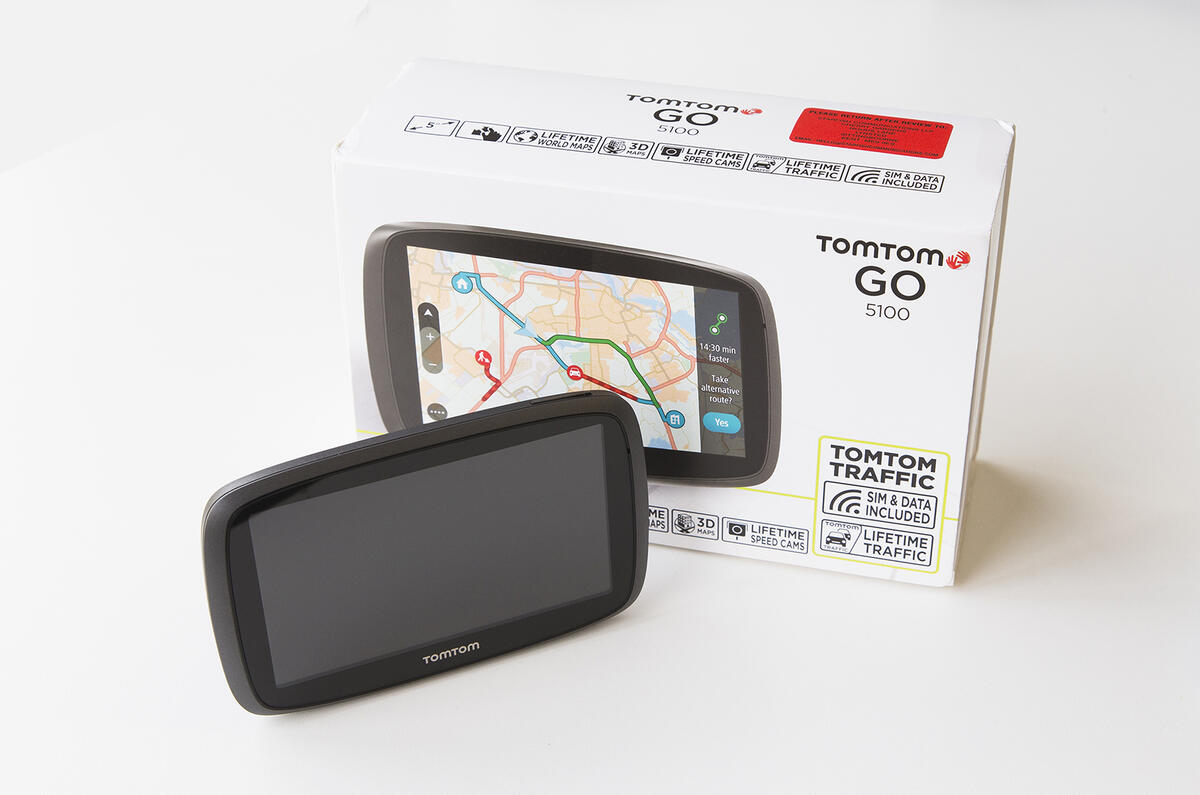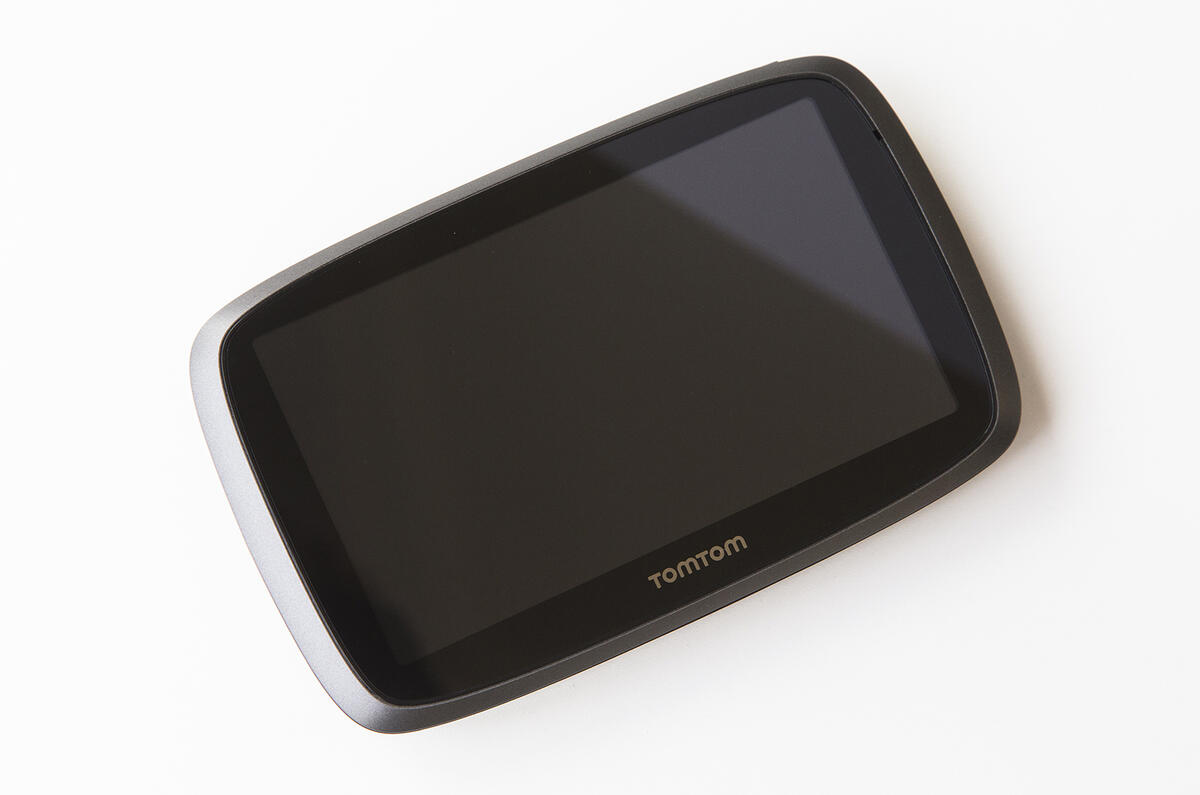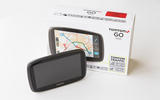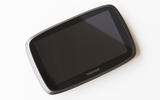Now, the Google Maps app on the iPhone is well worth a doff of the cap to. I use it several times a day, plotting the fastest route to and from work depending on how grumpy the M3’s never-ending roadworks are feeling, or when navigating around an urban area on foot.
Google Maps usually works a treat, as it probably does for countless others, given it is a free app and half the world’s population seemingly has a smartphone or three. It has saved many, many hours of my life from sitting in traffic jams I could otherwise have been stuck in, and got me to where I need to go without a hitch.
All this makes you wonder what the point of the humble aftermarket sat-nav is nowadays. You know, those things you buy in Halfords for that one trip a year you think you’ll need it for, plug into the cigarette lighter and then try to stick to your windscreen every five minutes when that infuriating sucky thing doesn’t work.
What’s more, they don’t fit in your pocket to use them on foot, and you only really hear about them these days from those local newspaper stories when a bloke got stuck in the middle of the farmer’s field on his way to the local garden centre as "he followed the sat-nav".
You may be able to tell that sat-navs and I never got on that well before; I always found they were slow and lacked intelligence (not unlike the user, ahem).
My real irritation with them comes from the one time I really blooming needed one. I was in the middle of Ukraine looking for a hotel in a town called Cherkasy and the sat-nav couldn’t find any satellites. And the sucky thing wouldn’t stick to the windscreen. About two hours later, after a military-style street-by-street search for the hotel, we found it, and the sat-nav was relegated to the glovebox for ever more.
But maybe things have changed in the sat-nav world since the summer of 2012 when I last picked one up. Step forward the TomTom Go 5100 and Garmin DriveSmart to see.
Nowadays, it seems, sat-navs are no longer just sat-navs. They’re more akin to smartphones without a call function with all sorts of ‘live’ functions and services, apps and, as with smartphones, a load of other stuff you’ll probably look at once and never use again.











Add your comment